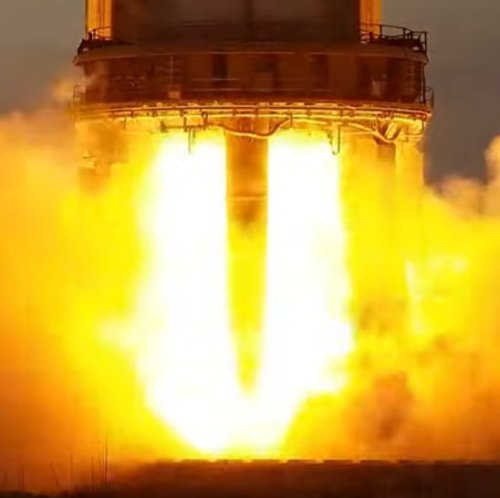SpaceX abandons plan to convert floating oil platforms into Starship/Superheavy landing spots
SpaceX has decided not to convert the two floating oil rigs it had purchased in 2020 into Starship/Superheavy landing platforms, and has sold both.
According to SpaceX CEO Gwynne Shotwell,
Shotwell said the company needed to first start launching Starship and better understand that vehicle before building offshore launch platforms. “We really need to fly this vehicle to understand it, to get to know this machine, and then we’ll figure out how we’re going to launch it.”
She said she expected offshore platforms to eventually play a role to support an extraordinarily high launch cadence. “We have designed Starship to be as much like aircraft operations as we possibly can get it,” she said in the conference presentation. “We want to talk about dozens of launches a day, if not hundreds of launches a day.”
This is a perfect example of this company’s intelligent ability to focus on the most important problems now, instead of getting distracted by future issues and challenges it knows exists but are not the priority at this time.
SpaceX has decided not to convert the two floating oil rigs it had purchased in 2020 into Starship/Superheavy landing platforms, and has sold both.
According to SpaceX CEO Gwynne Shotwell,
Shotwell said the company needed to first start launching Starship and better understand that vehicle before building offshore launch platforms. “We really need to fly this vehicle to understand it, to get to know this machine, and then we’ll figure out how we’re going to launch it.”
She said she expected offshore platforms to eventually play a role to support an extraordinarily high launch cadence. “We have designed Starship to be as much like aircraft operations as we possibly can get it,” she said in the conference presentation. “We want to talk about dozens of launches a day, if not hundreds of launches a day.”
This is a perfect example of this company’s intelligent ability to focus on the most important problems now, instead of getting distracted by future issues and challenges it knows exists but are not the priority at this time.



